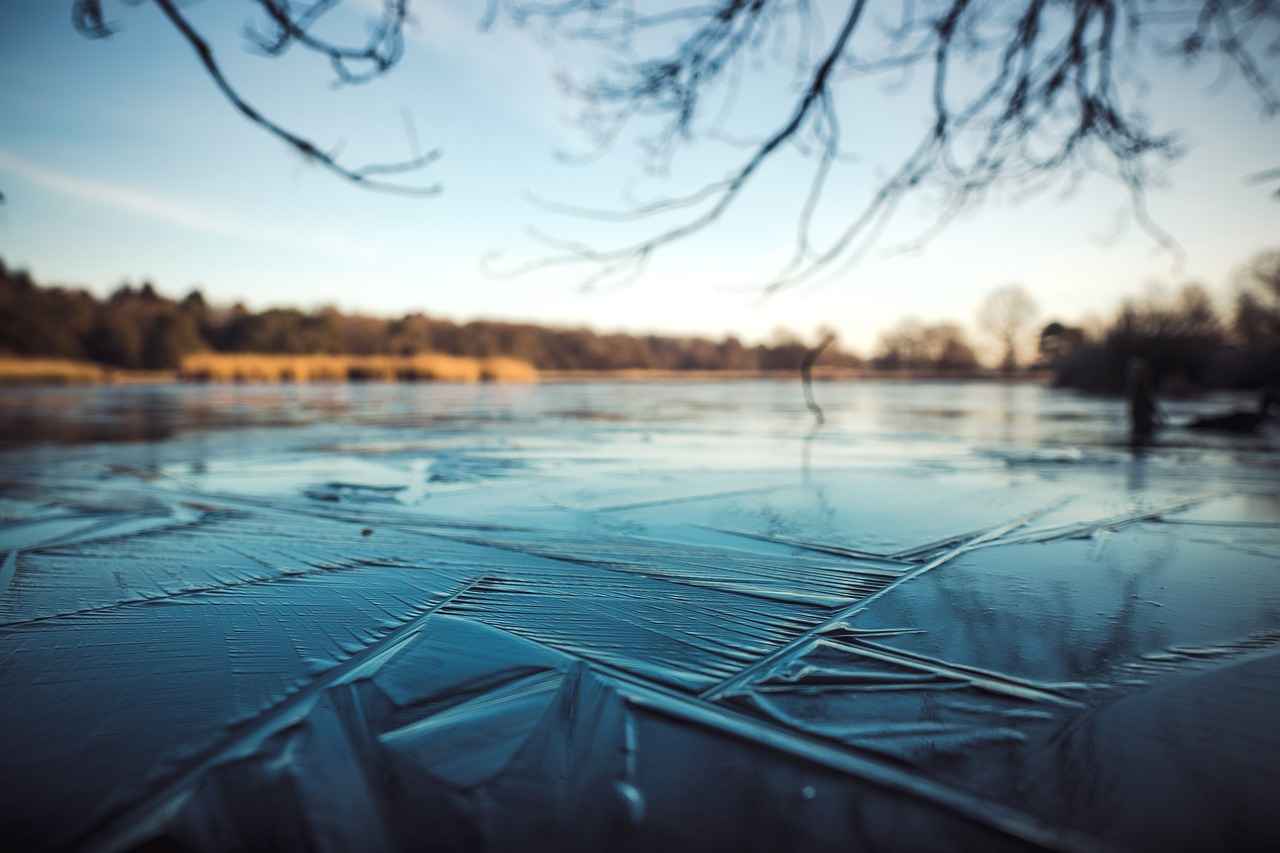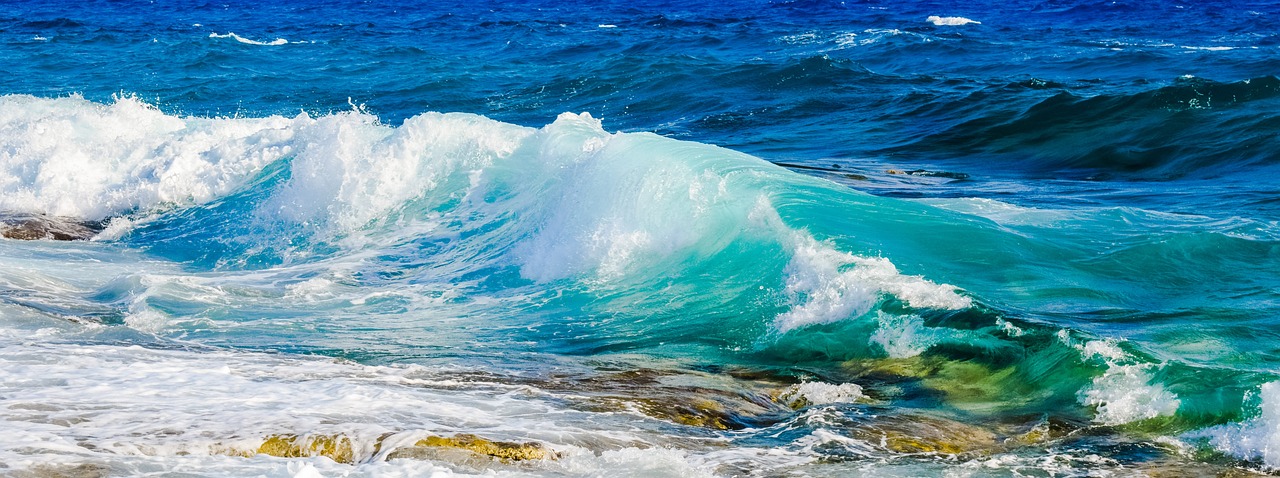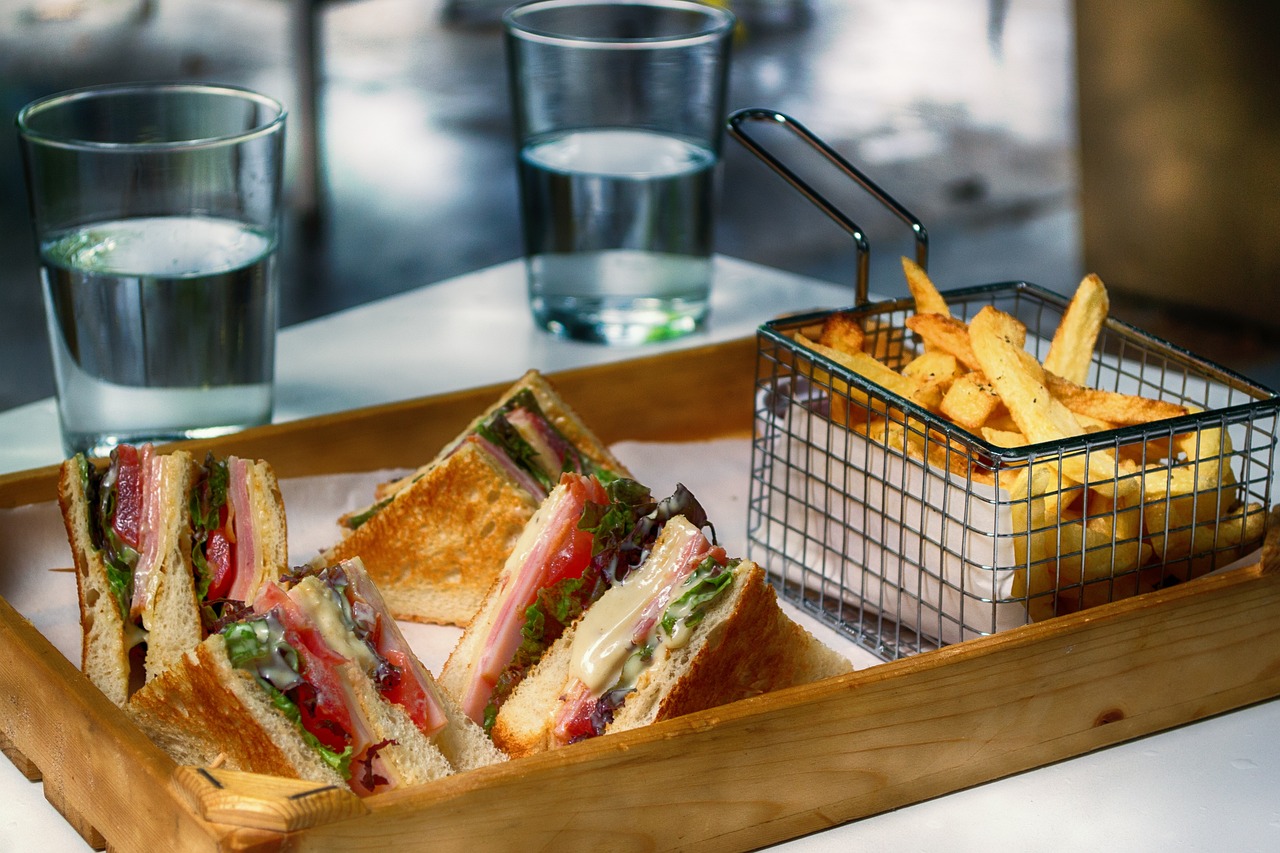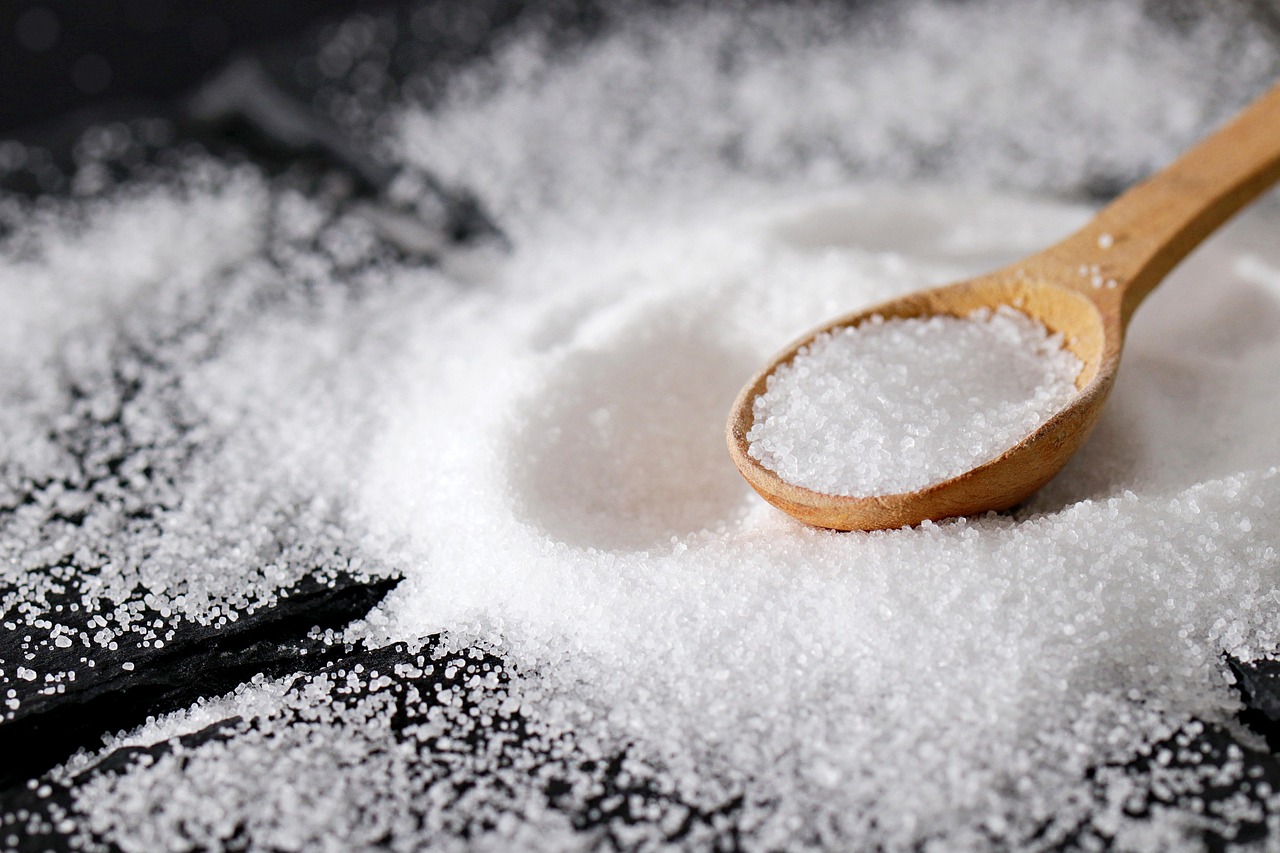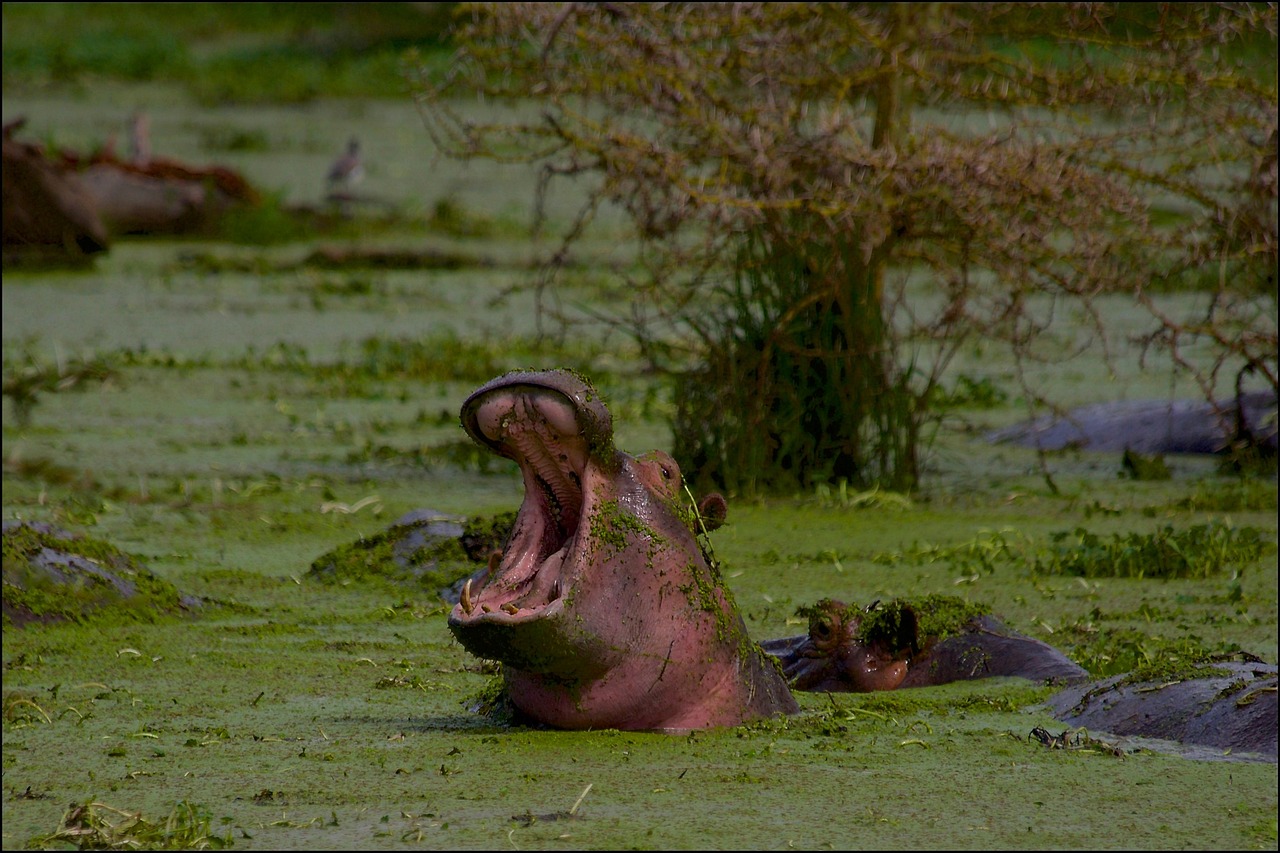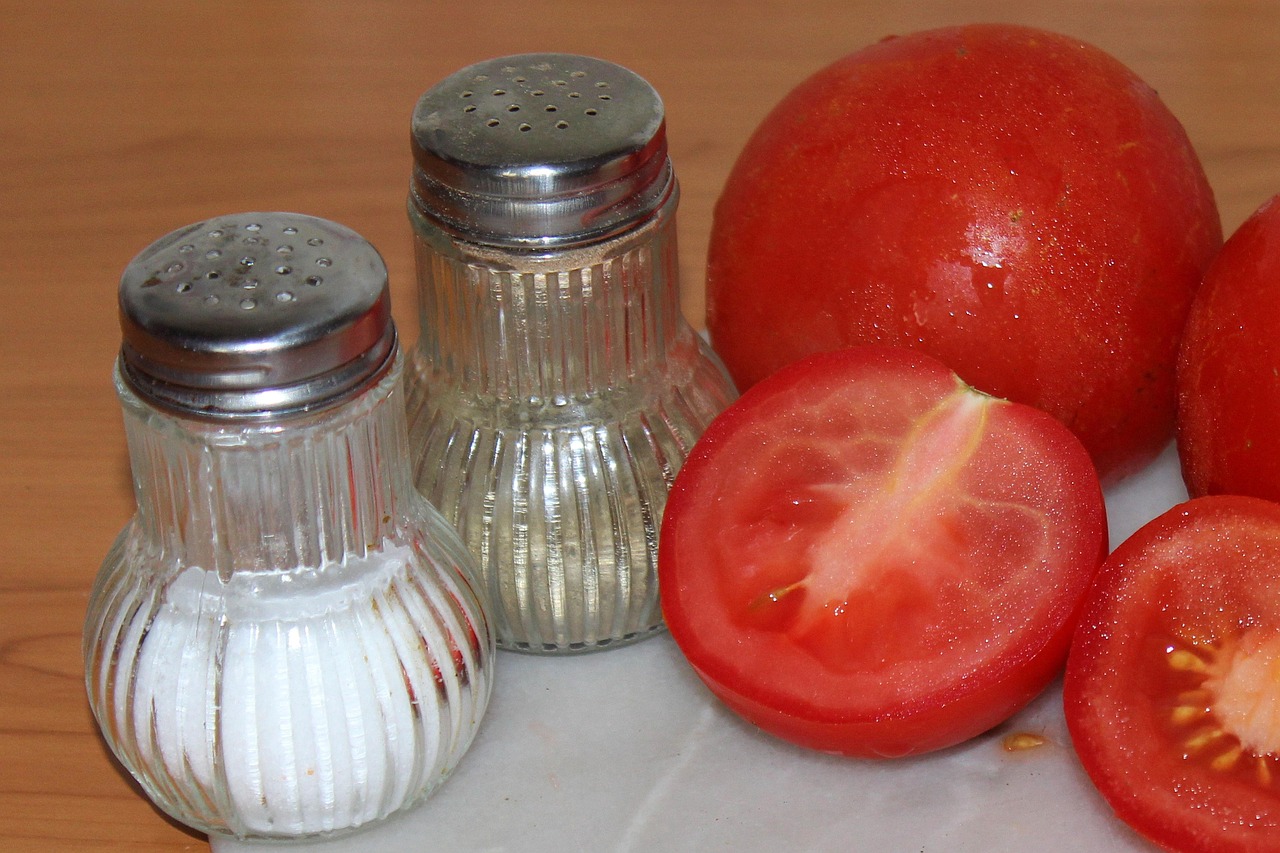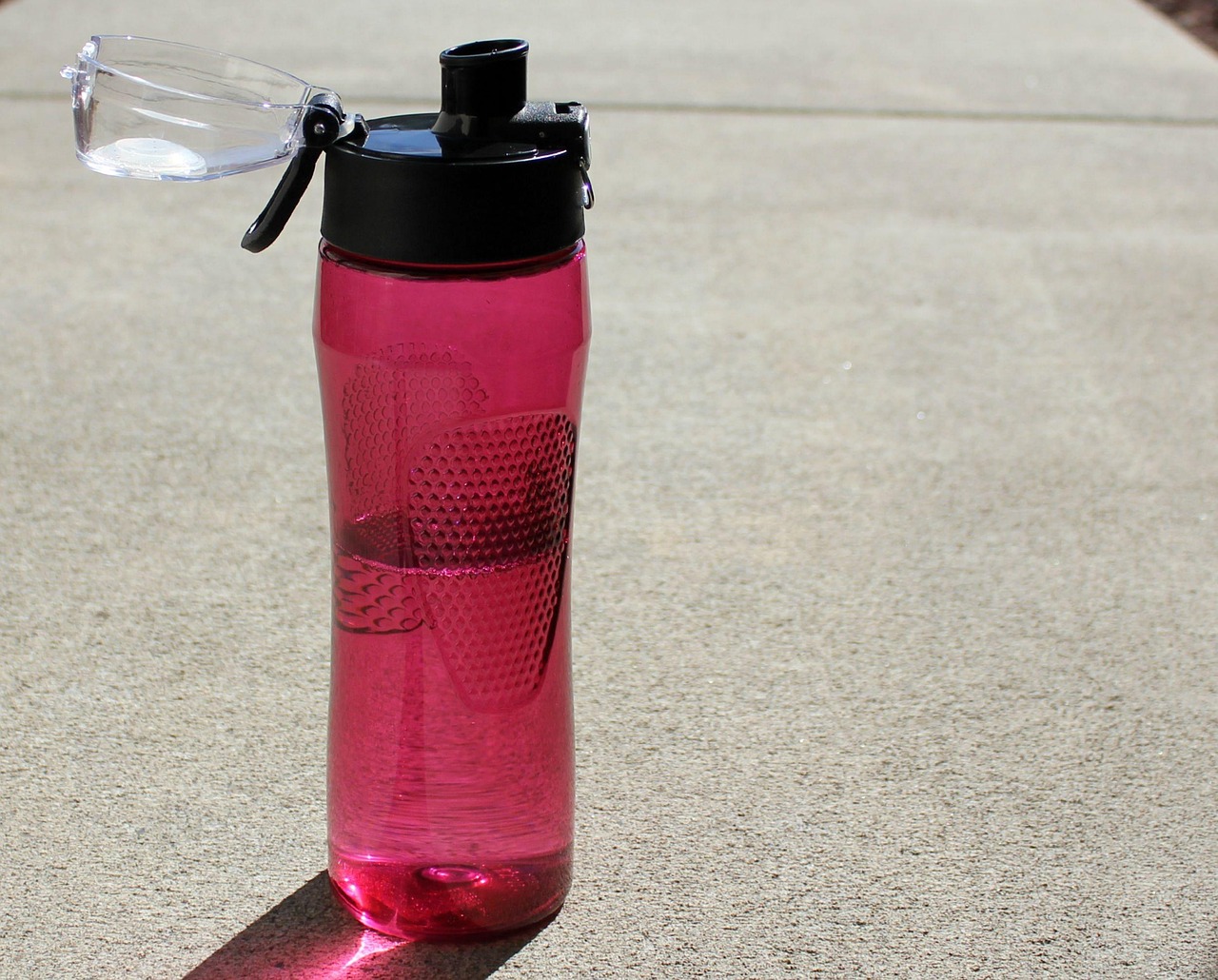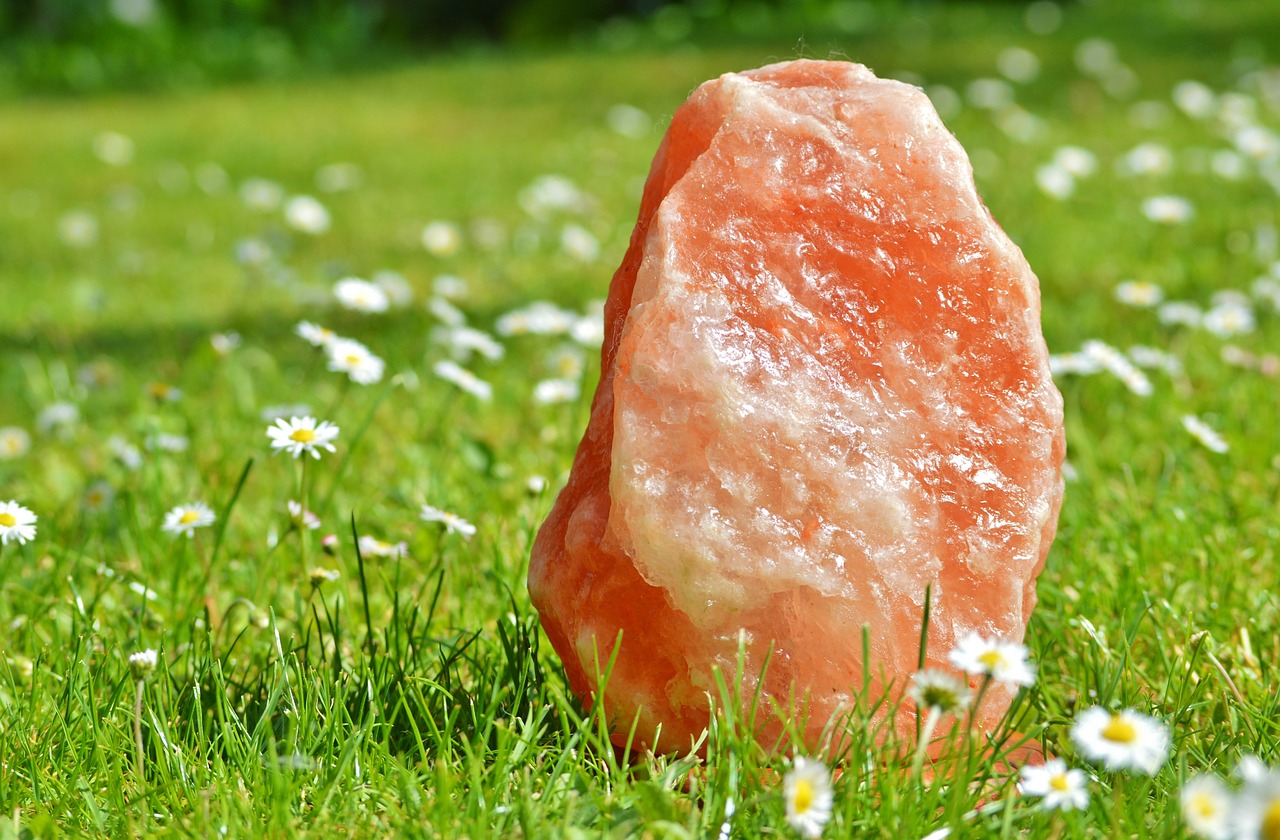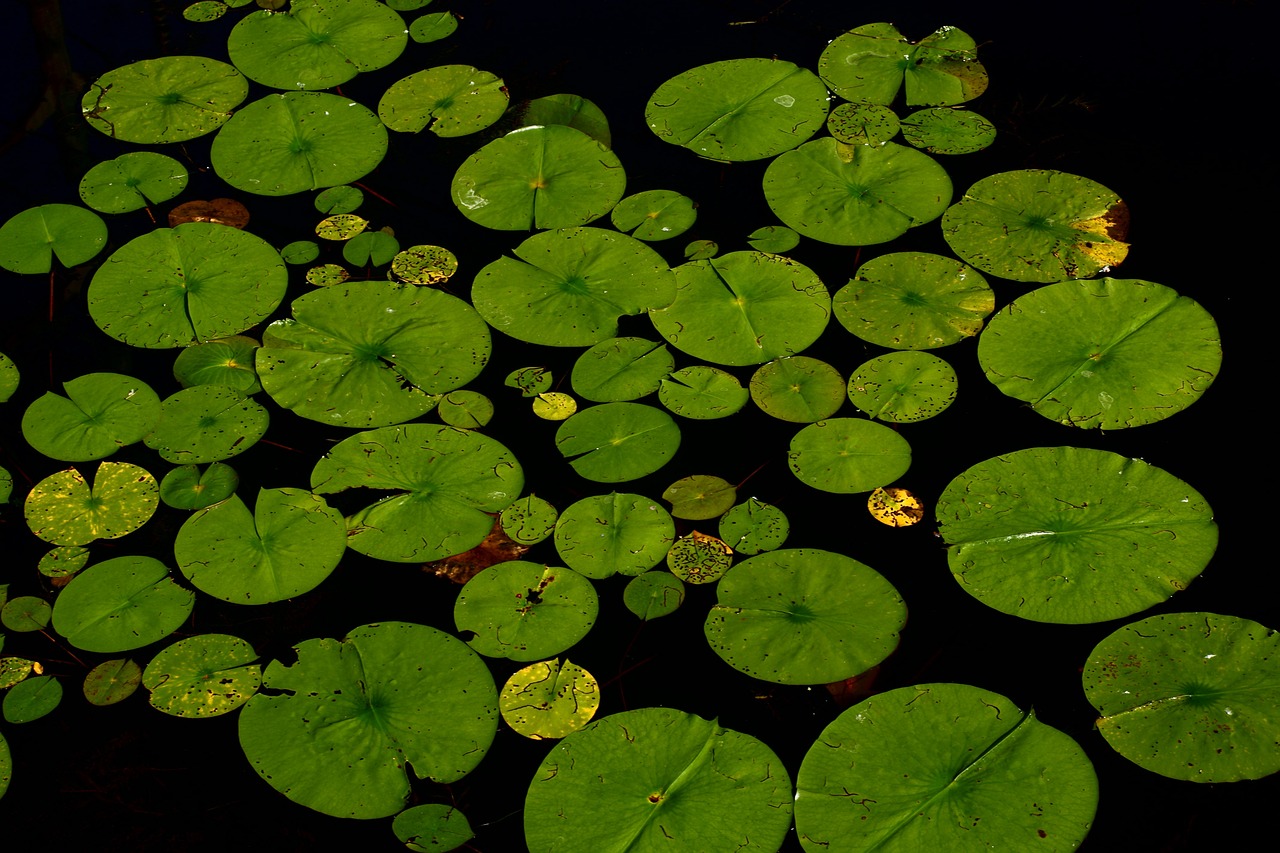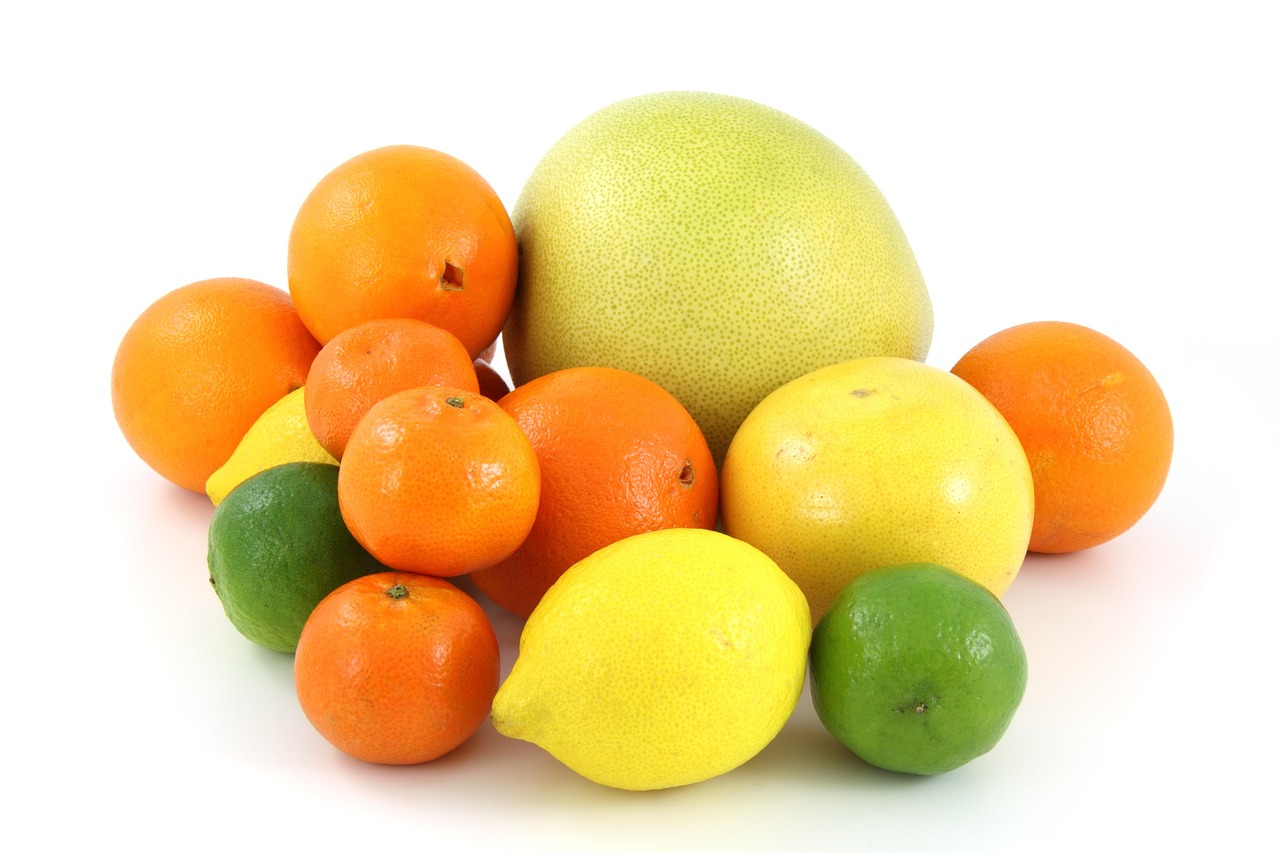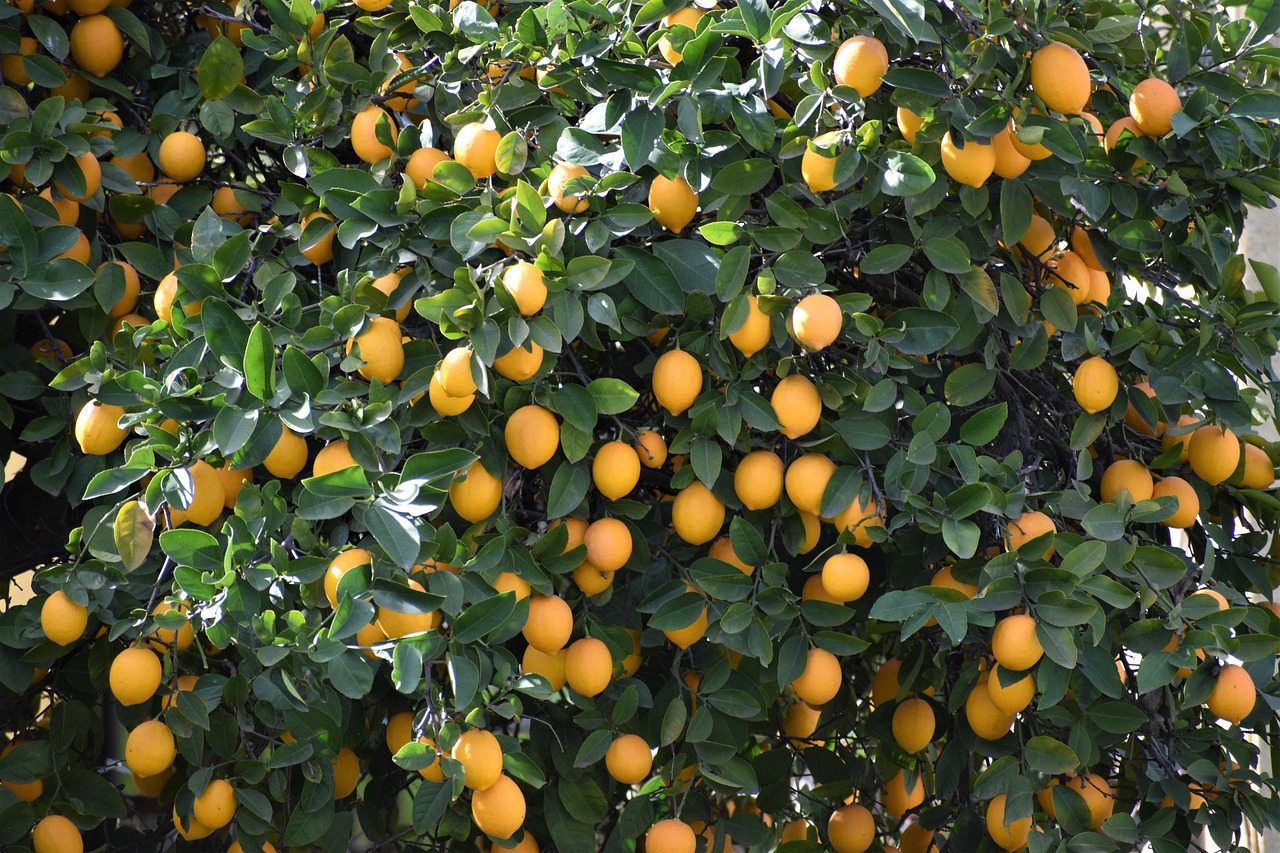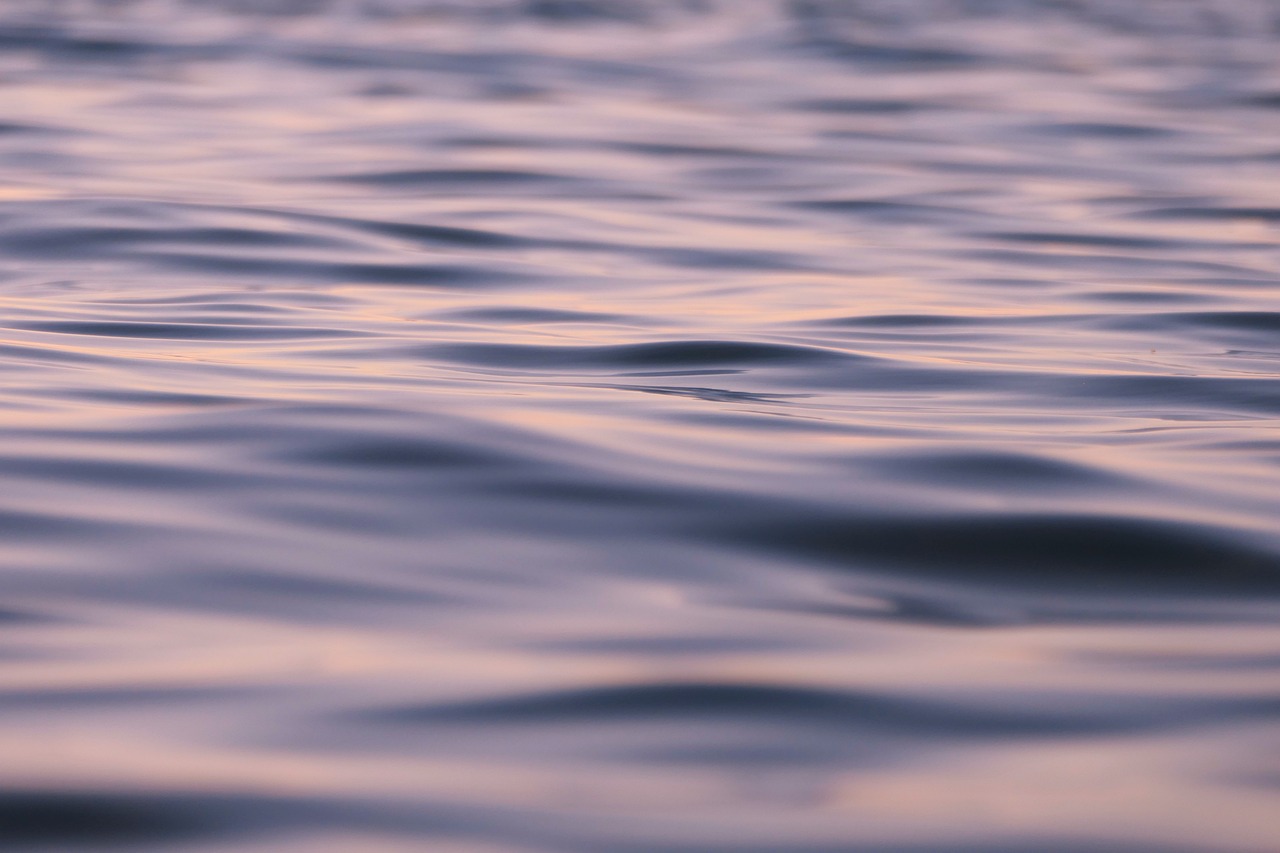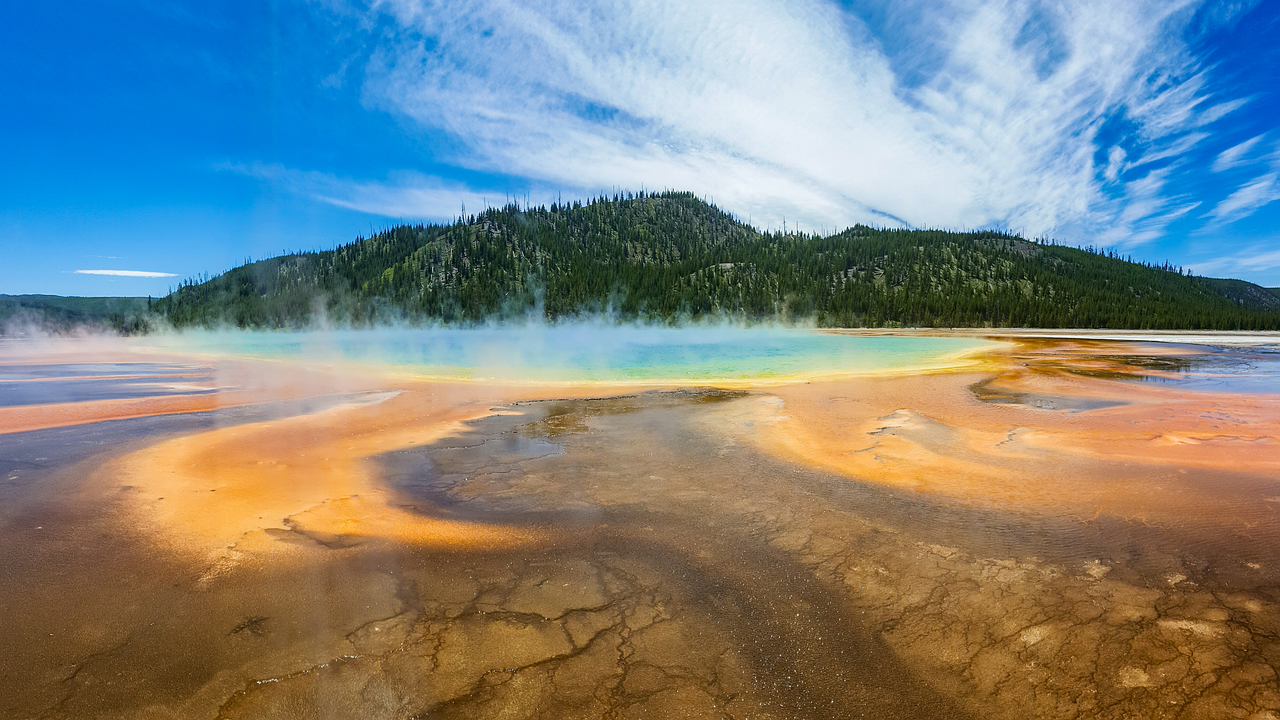This article explores the fascinating question of whether cold water freezes faster than hot water, delving into scientific principles, experiments, and expert opinions to provide a comprehensive understanding of this intriguing phenomenon.
The phenomenon known as the Mpemba Effect suggests that hot water can freeze faster than cold water under certain conditions. This counterintuitive observation has puzzled scientists for decades, leading to numerous studies and debates. The origins of the Mpemba Effect date back to 1963 when a Tanzanian student named Erasto Mpemba noticed that hot ice cream mixture froze faster than a cold one. This observation sparked interest and inquiry into the underlying mechanisms at play.
To grasp why this occurs, it is essential to understand freezing point depression. This concept explains how the presence of solutes and variations in pressure can influence the freezing process. When water freezes, its molecules must arrange themselves into a solid structure, and any disruptions in this process can affect freezing times.
- Temperature: The initial temperature of water significantly impacts its freezing rate. Higher temperatures can lead to faster evaporation, reducing the volume of water and potentially allowing for quicker freezing.
- Heat Transfer Dynamics: Heat loss occurs through various mechanisms, including convection, conduction, and radiation. Understanding these dynamics is crucial in determining how quickly water can lose heat and transition to ice.
- Surface Area and Volume: The ratio of surface area to volume can drastically affect freezing times. Water in a wider, shallower container may freeze faster than in a narrow, deep one due to increased surface exposure to cold air.
Numerous experiments have tested the Mpemba Effect, with varying results. Some studies support the idea that hot water can freeze faster, while others find no significant difference. Factors such as environmental conditions, including air temperature and humidity, play a crucial role in these experiments.
Additionally, the material and shape of the container holding the water can influence heat loss. For instance, metal containers may conduct heat away from the water more effectively than plastic ones, potentially leading to faster freezing times.
Despite the intriguing nature of the Mpemba Effect, there are many common misconceptions surrounding freezing times. One prevalent myth is that colder water will always freeze faster than hot water. In reality, the freezing process is influenced by a multitude of factors, including the initial temperature of the water, the container used, and environmental conditions.
Understanding the science behind how water freezes has practical applications across various fields. In cooking, for instance, knowing how to freeze ingredients effectively can enhance food preservation and preparation. In industrial settings, optimizing freezing processes can improve efficiency and product quality.
Experts in thermodynamics and physics have differing opinions on the Mpemba Effect, with some attributing it to evaporation, convection currents, and the properties of hydrogen bonding in water. Their insights provide valuable perspectives on this complex phenomenon, highlighting the need for further research to fully understand the mechanics of freezing.
In conclusion, the question of whether cold water freezes faster than hot water remains a captivating topic within the realm of science. The complexities involved in the freezing process underscore the importance of understanding the various factors that influence it. By exploring these principles, we gain deeper insight into not only the behavior of water but also the fundamental laws of physics that govern our natural world.
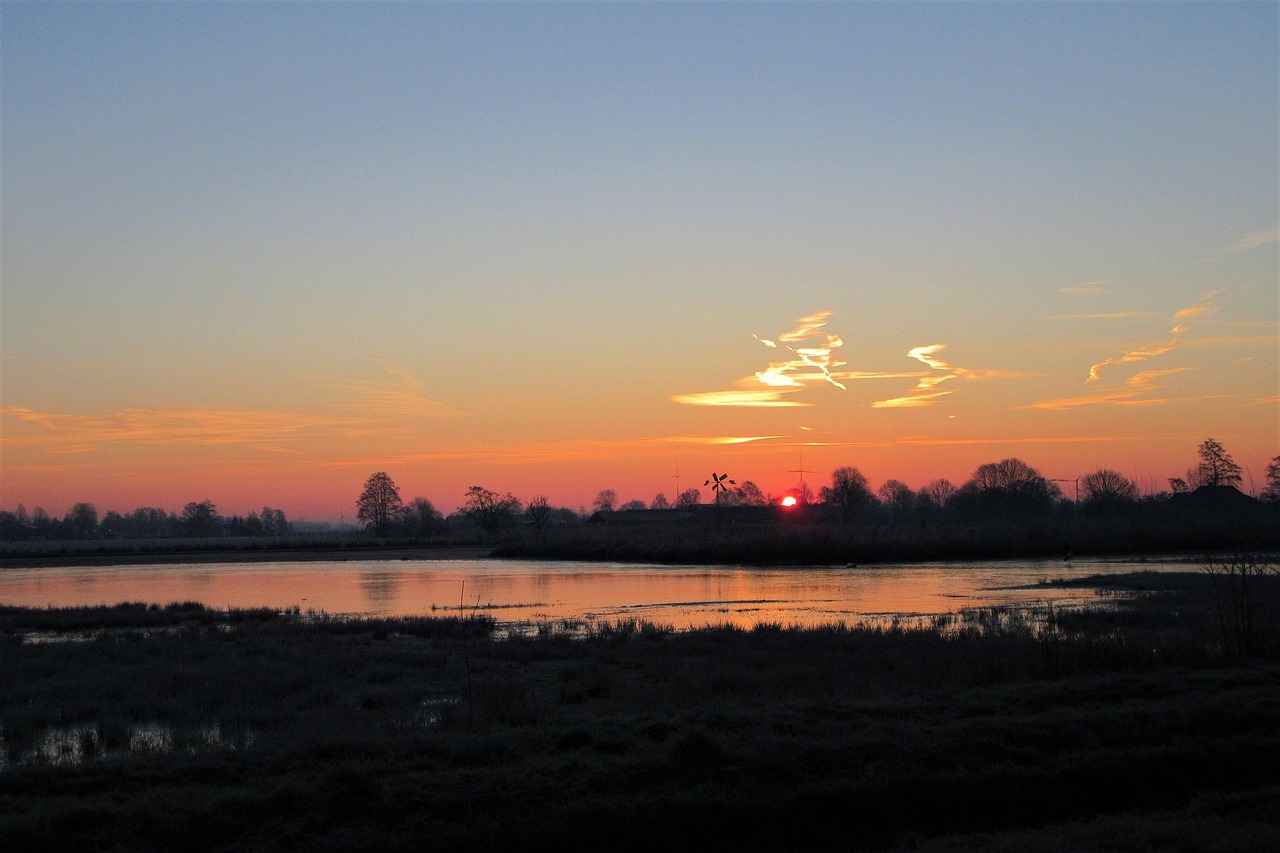
The Mpemba Effect: An Overview
The Mpemba Effect is a fascinating phenomenon that challenges our intuitive understanding of how water freezes. This effect demonstrates that under certain conditions, hot water can freeze faster than cold water. This section will delve into the origins of the Mpemba Effect, its implications, and the scientific principles that underpin this intriguing observation.
The term “Mpemba Effect” is named after a Tanzanian student, Erasto Mpemba, who in 1963 observed that hot ice cream mix froze faster than a cold mixture. His discovery sparked interest and led to numerous experiments aimed at understanding this counterintuitive phenomenon. Although the Mpemba Effect was initially met with skepticism, it has garnered attention from scientists and researchers who have attempted to explain the underlying mechanisms.
One of the primary explanations for the Mpemba Effect involves evaporation. When hot water is exposed to cold air, a significant amount of it may evaporate before freezing, reducing the overall volume that needs to freeze. This loss of mass can lead to a quicker freezing time. Additionally, the remaining water can have a higher concentration of solutes, which can influence the freezing point.
Another contributing factor is convection currents. In hot water, convection currents are more vigorous, allowing for a more uniform temperature distribution. This efficient heat transfer can lead to quicker cooling compared to cold water, which may not have the same level of convection activity. Furthermore, the temperature difference between the hot water and the surrounding environment can enhance heat loss, allowing hot water to reach freezing temperatures more rapidly.
Additionally, the container’s shape and material play crucial roles in the freezing process. For instance, a shallow container will allow for a larger surface area, facilitating faster heat loss. Conversely, a deeper container may retain heat longer, delaying the freezing process. The material of the container can also affect heat transfer rates; metals, for example, typically conduct heat better than plastics.
Despite the various explanations for the Mpemba Effect, it is essential to note that the effect is not universally observed. Several experiments have yielded conflicting results, leading to ongoing debates within the scientific community. Factors such as environmental conditions, including air temperature and humidity, can significantly impact the freezing rates of water, further complicating the matter.
In conclusion, the Mpemba Effect serves as a reminder of the complexities of physical phenomena. While it may seem counterintuitive that hot water can freeze faster than cold, the interplay of evaporation, convection currents, and environmental factors provides a fascinating glimpse into the science of freezing. Continued research and experimentation are necessary to fully understand this phenomenon and its implications in various scientific fields.
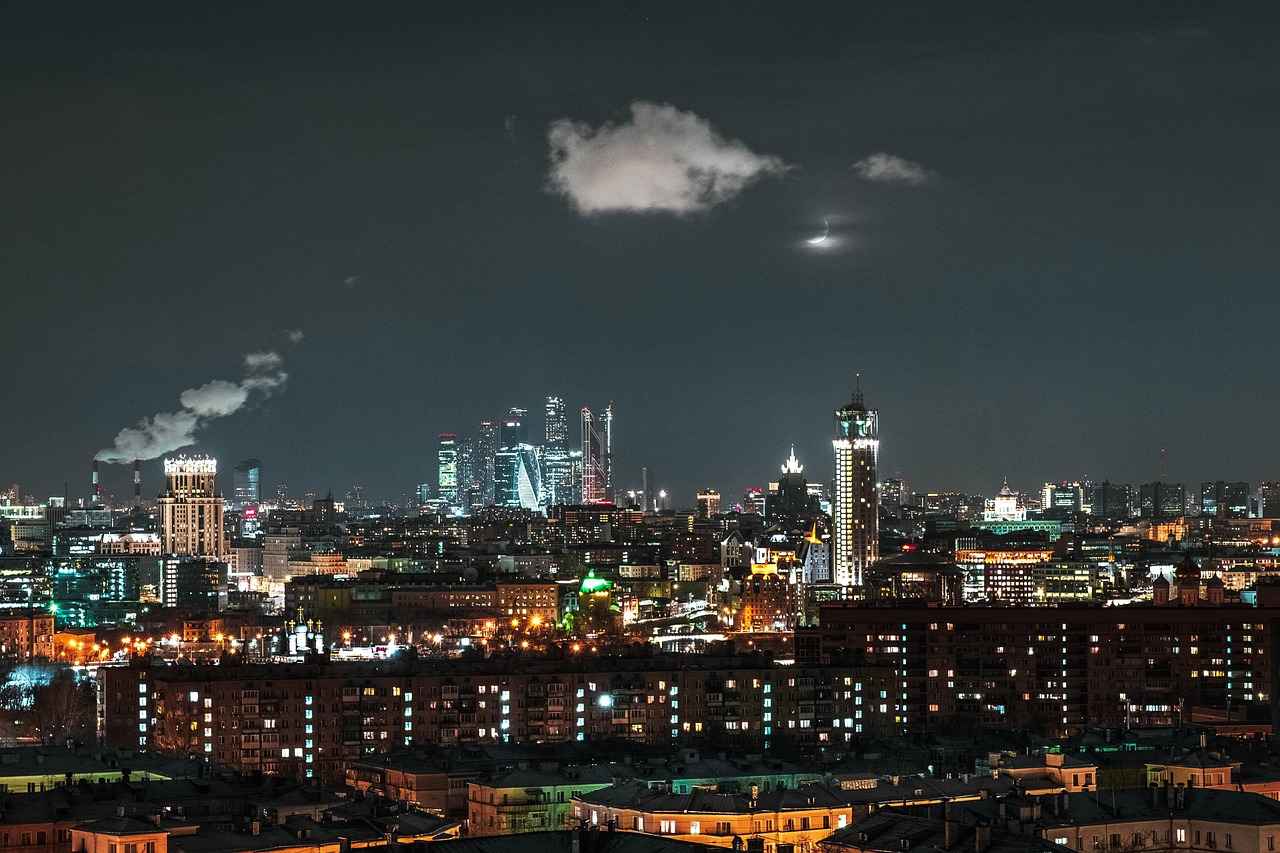
Understanding Freezing Point Depression
is essential for grasping the complexities of how different factors influence the freezing process of liquids. This phenomenon occurs when the freezing point of a liquid is lowered due to the presence of solutes or changes in pressure. By examining these factors, we can better understand why temperature variations can significantly affect freezing times.
When a solute, such as salt or sugar, is added to water, it disrupts the orderly arrangement of water molecules that is necessary for freezing. This disruption requires the temperature to drop further than the normal freezing point of 0°C (32°F) for the solution to solidify. The extent of this depression is dependent on the concentration of the solute. For instance, a higher concentration of salt in water will result in a lower freezing point. This principle is widely applied in various fields, such as in making ice cream, where salt is used to lower the freezing point of the ice mixture, allowing it to freeze more effectively.
| Solute Type | Freezing Point Depression |
|---|---|
| Salt (NaCl) | -21°C |
| Sugar (C12H22O11) | -10°C |
| Glycol | -30°C |
In addition to solutes, pressure also plays a crucial role in freezing point depression. Increasing the pressure on a liquid can lower its freezing point, which is particularly relevant in high-altitude environments. In these settings, the reduced atmospheric pressure can lead to variations in freezing times. This is why understanding the interplay between solutes and pressure is vital for applications ranging from food preservation to industrial freezing processes.
Another important aspect to consider is the role of temperature in the freezing process. Different initial temperatures can significantly impact the rate at which water transitions from liquid to solid. For example, water starting at a higher temperature may lose heat faster due to a greater temperature gradient with the surrounding environment. This principle is often illustrated in experiments examining the Mpemba Effect, where hot water freezes faster than cold water under specific conditions.
Furthermore, the dynamics of heat transfer play a pivotal role in freezing times. Heat loss occurs through conduction, convection, and radiation, and understanding these mechanisms can help optimize freezing processes in various applications. For instance, a larger surface area exposed to cold air will facilitate faster heat loss, leading to quicker freezing.
In summary, understanding freezing point depression provides valuable insights into how solutes and pressure influence the freezing process. By considering these factors along with temperature and heat transfer dynamics, we can better comprehend the complexities of freezing liquids and their practical applications in everyday life.
The Role of Temperature
Temperature plays a critical role in the freezing process of water, influencing not only the time it takes to freeze but also the mechanisms involved in the transition from liquid to solid. Understanding how different initial temperatures affect this transition can shed light on various phenomena, including the well-known Mpemba Effect.
When water is subjected to lower temperatures, it begins to lose heat energy, leading to a gradual decrease in molecular motion. As the temperature drops, water molecules start to arrange themselves into a crystalline structure, which is characteristic of ice. However, the rate at which this occurs can vary significantly based on the initial temperature of the water.
- Hot Water Freezing Faster: In certain conditions, hot water can freeze faster than cold water, a phenomenon known as the Mpemba Effect. This counterintuitive observation suggests that the initial temperature can create varying conditions that facilitate quicker freezing.
- Cooling Rate: The cooling rate is influenced by several factors, including the temperature difference between the water and its environment. Hot water can lose heat more rapidly due to a greater temperature gradient, which may lead to faster freezing under specific circumstances.
- Evaporation: Hot water may also experience higher rates of evaporation, which reduces the volume of water that needs to freeze. This reduction in volume can lead to a quicker freezing process, as there is less water to transition from liquid to solid.
Moreover, the molecular structure of water changes with temperature. At higher temperatures, water molecules are more energetic and can interact differently with their surroundings. This increased movement can lead to the formation of gas bubbles, which might also influence how quickly the water cools and freezes.
In contrast, cold water, while starting at a lower temperature, may not exhibit the same rapid heat loss dynamics. The molecular structure is more stable, and the energy required to initiate the freezing process might be greater due to the lack of agitation among the molecules. This can lead to a slower transition to ice, as the water needs to lose a significant amount of heat energy before solidification occurs.
Experiments have shown varying results regarding the freezing times of hot versus cold water, often influenced by external factors such as the shape and material of the container, environmental temperature, and even air pressure. For instance, a wider container may allow for greater surface area, promoting faster heat loss and potentially quicker freezing times for both hot and cold water.
In summary, the role of temperature in the freezing process is multifaceted. While it is commonly accepted that lower temperatures lead to faster freezing, the nuances introduced by initial temperature variations, heat transfer dynamics, and environmental conditions complicate this understanding. The interplay of these factors is essential for grasping the complexities of how water transitions from liquid to solid.
Heat Transfer Dynamics
The dynamics of heat transfer are crucial in understanding how quickly water freezes. When discussing the freezing process, it is essential to recognize that heat loss occurs through various mechanisms, significantly affecting the freezing rates of water. This section will delve into the intricacies of heat transfer, emphasizing its implications on freezing times.
Heat transfer primarily occurs through three modes: conduction, convection, and radiation. In the context of water freezing, conduction and convection play the most significant roles. Conduction is the transfer of heat through direct contact between molecules, while convection involves the movement of fluid, which can carry heat away from the water’s surface.
When water is exposed to lower temperatures, it begins to lose heat to its surroundings. The rate of this heat loss is influenced by several factors, including:
- Temperature Gradient: A larger difference between the water’s temperature and the surrounding environment leads to a faster rate of heat loss. Hot water, despite its initial state, can lose heat rapidly when placed in a colder environment.
- Surface Area: The greater the surface area of the water exposed to cold air, the more efficient the heat loss. This is why shallow containers often lead to quicker freezing times compared to deeper ones.
- Movement of Air: Air circulation around the container can enhance convective heat transfer. A breeze or fan can significantly accelerate the cooling process.
Another vital aspect of heat transfer dynamics is the water’s initial temperature. The Mpemba Effect suggests that hot water can freeze faster than cold water under certain conditions. This counterintuitive phenomenon can be partially explained by the fact that hot water can evaporate more quickly, reducing the volume that needs to freeze. Additionally, the movement of molecules in hot water can create a more favorable environment for the formation of ice crystals.
As the water cools, it undergoes a phase change, transitioning from a liquid to a solid state. This transition is not instantaneous; instead, it requires a specific amount of energy to be removed from the water. The latent heat of fusion is the energy required for this phase change, and understanding this concept is essential in grasping the freezing dynamics. When water freezes, it releases this latent heat into the surrounding environment, further influencing the rate of heat transfer.
Additionally, the container’s material can significantly impact heat loss. Metals, for instance, are excellent conductors of heat and can facilitate faster cooling of the water inside. In contrast, materials like plastic may insulate the water, slowing down the freezing process.
Environmental conditions also play a crucial role in heat transfer dynamics. Factors such as humidity, air temperature, and even altitude can influence how quickly heat is lost from the water. For example, in dry air conditions, evaporation rates increase, which can lead to faster cooling and freezing times.
In summary, the dynamics of heat transfer are complex and multifaceted, significantly impacting how quickly water freezes. By understanding the principles of conduction, convection, and the various factors influencing heat loss, one can better grasp the science behind freezing times. This knowledge not only sheds light on the Mpemba Effect but also provides practical insights for everyday applications, from cooking to industrial processes.
Surface Area and Volume
The relationship between surface area and volume plays a crucial role in understanding the freezing process of water. When we examine the Mpemba Effect, which suggests that hot water can freeze faster than cold water under certain conditions, the ratios of surface area to volume become essential in analyzing this phenomenon.
To grasp how surface area and volume impact freezing times, it is important to first define these terms:
| Term | Definition |
|---|---|
| Surface Area | The total area exposed to the environment, influencing heat exchange. |
| Volume | The amount of space occupied by the water, affecting the total mass that needs to be cooled. |
When water is heated, it expands and may create a larger surface area relative to its volume. This increased surface area allows for more efficient heat loss, which can lead to faster freezing times. Conversely, a larger volume with a smaller surface area may retain heat longer, thus delaying the freezing process.
- Heat Dissipation: Water with a larger surface area can lose heat more rapidly to the surrounding environment, promoting quicker freezing.
- Evaporation: Hot water may also experience greater evaporation, reducing its volume and further enhancing the surface area to volume ratio.
- Convection Currents: In a larger body of water, convection currents can form, distributing heat more evenly and impacting freezing times.
Additionally, the shape of the container holding the water can significantly influence these ratios. For example, a wide, shallow container will have a greater surface area compared to a tall, narrow one, which can affect how quickly the water cools down.
Research indicates that the Mpemba Effect can be observed more readily in specific conditions. For instance, when hot water is placed in a container with a high surface area to volume ratio, it can freeze faster than cold water in a container with a low ratio. This demonstrates that the physical characteristics of the water’s environment are just as important as the temperature of the water itself.
In conclusion, the interplay between surface area and volume is a critical factor in understanding why hot water can sometimes freeze faster than cold water. The Mpemba Effect serves as a reminder of the complexities involved in thermodynamics and the fascinating behaviors of water as it transitions between states. By exploring these concepts, we gain a deeper appreciation for the science of freezing and the conditions that influence it.
Experimental Evidence Supporting the Mpemba Effect
The Mpemba Effect is a fascinating phenomenon that has intrigued scientists and curious minds alike. This effect suggests that, under certain conditions, hot water can freeze faster than cold water. While this may seem counterintuitive, numerous experiments have been conducted to test this hypothesis, yielding a mix of results that both support and challenge the Mpemba Effect.
One of the earliest documented observations of the Mpemba Effect dates back to 1963, when Tanzanian student Erasto Mpemba noted that hot ice cream mix froze faster than a cold one. His observations prompted further scientific inquiry, leading to various experiments aimed at understanding this puzzling behavior.
In a study conducted by Chiu and colleagues in 2010, the researchers replicated the Mpemba Effect under controlled laboratory conditions. They found that hot water did, in fact, freeze more quickly than cold water in specific circumstances. The study suggested that factors such as evaporation and convection currents in the water could play significant roles in this phenomenon. As hot water evaporates, it loses mass, which could lead to quicker freezing times.
Another notable experiment was performed by G. A. A. de Vries in 2015, who sought to understand the molecular dynamics at play. His findings indicated that the structure of water molecules changes with temperature, affecting how they interact when transitioning to ice. This study added a layer of complexity to the Mpemba Effect, suggesting that the initial temperature of water could influence its molecular behavior during freezing.
However, not all experiments have corroborated the Mpemba Effect. A comprehensive review by W. H. W. K. Y. Wong et al. in 2018 examined multiple studies and concluded that the Mpemba Effect is not consistently reproducible. They emphasized that external variables, such as container shape and environmental conditions, can significantly impact freezing rates, often overshadowing the temperature factor.
Moreover, a recent study published in the Journal of Physics highlighted that the Mpemba Effect may not hold true in all scenarios. Researchers found that when comparing identical volumes of water in different containers, the results varied greatly based on the material and shape of the containers used. This suggests that while the Mpemba Effect can occur, it is highly dependent on specific conditions and setups.
In summary, the experimental evidence surrounding the Mpemba Effect presents a complex landscape. While certain studies support the notion that hot water can freeze faster than cold water, others challenge this idea, emphasizing the role of various factors such as evaporation, container properties, and environmental conditions. The ongoing debate highlights the need for further research to fully understand this intriguing phenomenon.
As scientists continue to explore the Mpemba Effect, it remains a captivating example of how our understanding of basic physical processes can be challenged by unexpected results. The interplay of temperature, molecular dynamics, and environmental influences creates a rich field for exploration, inviting both skepticism and curiosity in equal measure.
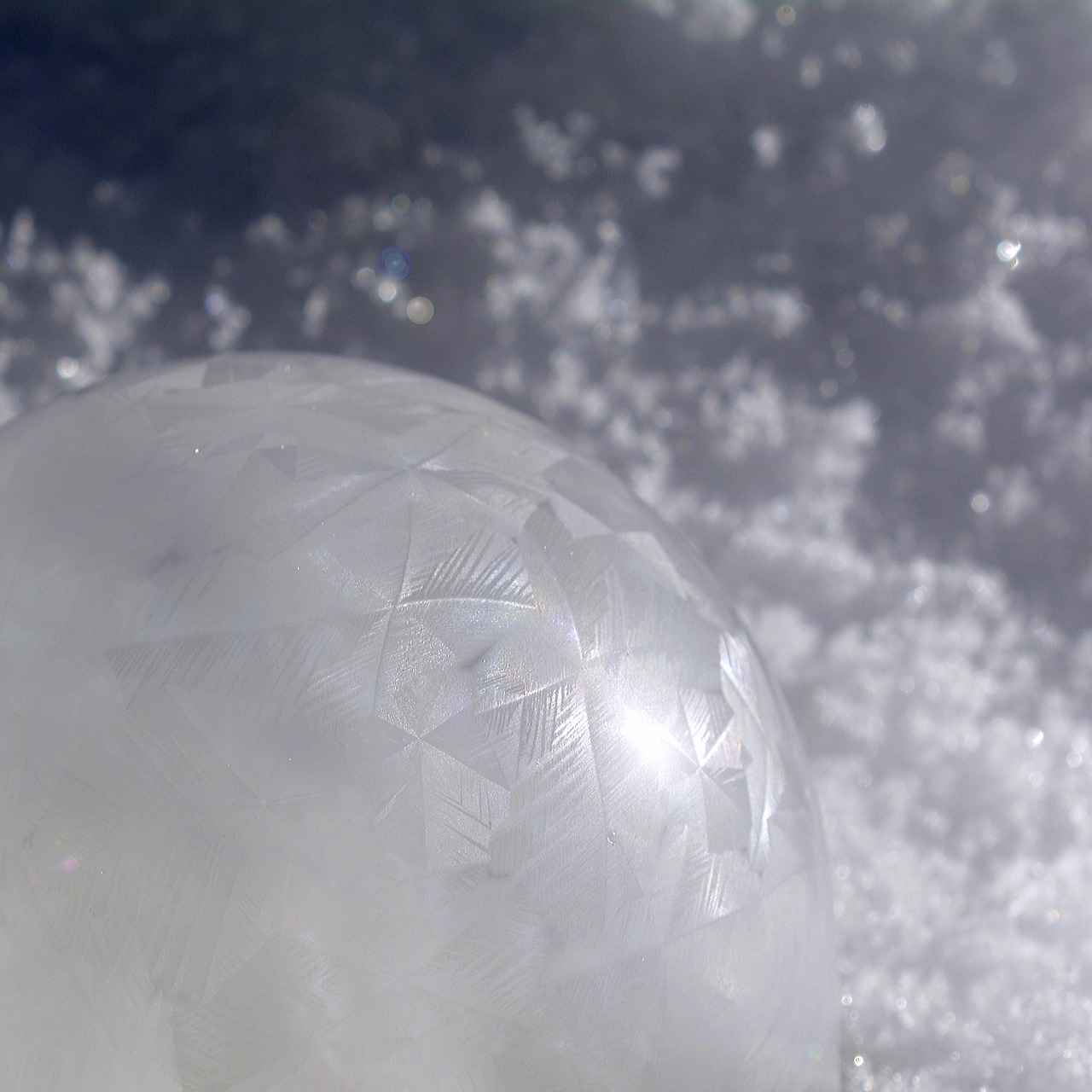
Factors Influencing Freezing Rates
The process of water freezing is not as straightforward as one might think. Several factors can significantly influence the freezing rates of water, which include environmental conditions, container materials, and water properties. Understanding these variables is crucial for grasping why some experiments yield unexpected results, such as the Mpemba Effect.
Environmental factors play a pivotal role in determining how quickly water can freeze. Key elements include:
- Air Temperature: The surrounding air temperature can drastically affect the rate of heat loss from the water. Colder air will facilitate faster freezing.
- Humidity Levels: High humidity can slow down the freezing process due to the moisture in the air, which may insulate the water and prevent efficient heat loss.
- Wind Speed: Increased wind speed can enhance evaporation, which cools the water and may lead to faster freezing under certain conditions.
The choice of container for freezing water is equally important. Containers can vary widely in their thermal conductivity, which affects heat transfer. Consider the following:
- Material: Metal containers, such as aluminum, conduct heat away from water more efficiently than plastic or glass, leading to quicker freezing times.
- Shape and Surface Area: A wide, shallow container exposes more surface area to the cold air, facilitating faster freezing compared to a narrow, deep container.
The inherent properties of water also influence freezing rates. These include:
- Purity: Pure water freezes at a consistent temperature, while impurities or solutes can lower the freezing point, a phenomenon known as freezing point depression.
- Initial Temperature: The starting temperature of the water plays a crucial role. Interestingly, under specific conditions, hot water can freeze faster than cold water, as noted in the Mpemba Effect.
Understanding heat transfer dynamics is essential for evaluating how quickly water freezes. The rate of heat loss is influenced by:
- Conduction: The direct transfer of heat through the container material.
- Convection: The movement of air around the water, which can either enhance or inhibit freezing.
- Radiation: Heat loss through infrared radiation, which can also play a role in the overall freezing process.
In summary, the freezing rates of water are influenced by a complex interplay of environmental conditions, container materials, and the physical properties of water itself. By understanding these factors, one can better predict and manipulate freezing times for various applications.
Environmental Conditions
The freezing process of water is influenced by a variety of , particularly air temperature and humidity. Understanding how these factors interact with water temperature is essential for grasping the complexities of freezing rates. In this section, we will delve into how these environmental elements can significantly alter the freezing behavior of water.
When water is exposed to cold air, the rate of heat loss increases, leading to faster freezing. Conversely, if the surrounding air is warm, the water retains its heat longer, delaying the freezing process. This phenomenon can be attributed to the principles of heat transfer. The temperature gradient between the water and the surrounding air dictates how quickly heat is lost from the water.
- Air Temperature: Colder air temperatures enhance the likelihood of water freezing quickly. For example, when the ambient temperature drops significantly below the freezing point of water, the rate of heat exchange accelerates, leading to a more rapid transition from liquid to solid.
- Humidity Levels: The amount of moisture in the air also plays a crucial role. High humidity can slow down the freezing process because the moisture in the air can create a thermal barrier, preventing efficient heat loss from the water. In contrast, low humidity conditions can facilitate faster freezing as dry air allows for more effective heat dissipation.
The interaction between air temperature and humidity can create varying freezing scenarios. For instance, in a cold, dry environment, water may freeze more rapidly than in a humid, cold environment, even when the air temperature is similar. This is due to the fact that dry air can absorb moisture more effectively, promoting quicker heat loss from the water.
Additionally, the wind chill factor can further influence freezing rates. Wind increases the rate of heat loss by continuously moving the warmer air away from the water’s surface, allowing for a quicker drop in temperature. Thus, in windy conditions, water can freeze faster than in still air, even at higher temperatures.
To illustrate these principles, consider the following table that summarizes the effects of different air temperatures and humidity levels on freezing rates:
| Air Temperature | Humidity Level | Freezing Rate |
|---|---|---|
| -10°C | Low | Fast |
| -10°C | High | Moderate |
| 0°C | Low | Moderate |
| 0°C | High | Slow |
In conclusion, environmental conditions such as air temperature and humidity significantly impact the freezing rates of water. By understanding these interactions, we can better predict how quickly water will freeze under various circumstances, which has practical implications in fields ranging from meteorology to culinary arts.
Container Materials and Shapes
The material and shape of the container holding water play a significant role in the freezing process, influencing heat loss and ultimately affecting how quickly water transitions from liquid to solid. Understanding these factors is essential for grasping the complexities of freezing efficiency.
When it comes to container materials, different substances have varying thermal conductivity properties. For instance, metals like aluminum and copper are known for their excellent heat conduction, allowing heat to escape quickly from the water, potentially leading to faster freezing times. In contrast, materials such as plastic or glass are less conductive, which can result in slower heat loss. This discrepancy can significantly impact the freezing rate, as the temperature of the water must drop below its freezing point to initiate the freezing process.
Moreover, the shape of the container is equally crucial. Containers with a larger surface area, such as shallow dishes or wide bowls, allow for greater exposure to cold air, enhancing the heat exchange process. This increased surface area facilitates faster cooling of the water, thereby promoting quicker freezing. On the other hand, deep containers with a smaller surface area may retain heat more effectively, prolonging the time it takes for the water to freeze.
| Container Material | Thermal Conductivity | Freezing Efficiency |
|---|---|---|
| Aluminum | High | Fast |
| Copper | Very High | Fastest |
| Glass | Moderate | Moderate |
| Plastic | Low | Slow |
Additionally, the size and shape of the container can influence the airflow around it. A container that allows for better airflow can facilitate heat loss through convection, further aiding in the freezing process. For example, a wide, shallow pan will cool more quickly than a tall, narrow one, even if both contain the same volume of water.
Another important consideration is the initial temperature of the water and the surrounding environment. If the ambient temperature is significantly lower than the water temperature, the material and shape of the container will have a pronounced effect on how quickly the water cools down. In colder environments, materials that insulate better may actually slow the freezing process, as they prevent the cold air from efficiently reaching the water.
In summary, the interaction between container materials and shapes is a critical aspect of understanding water freezing dynamics. By selecting the right container, one can optimize freezing efficiency, whether for scientific experiments or practical applications in the kitchen. As research continues, further insights into these factors may provide even more clarity on the fascinating behavior of water as it transitions into ice.
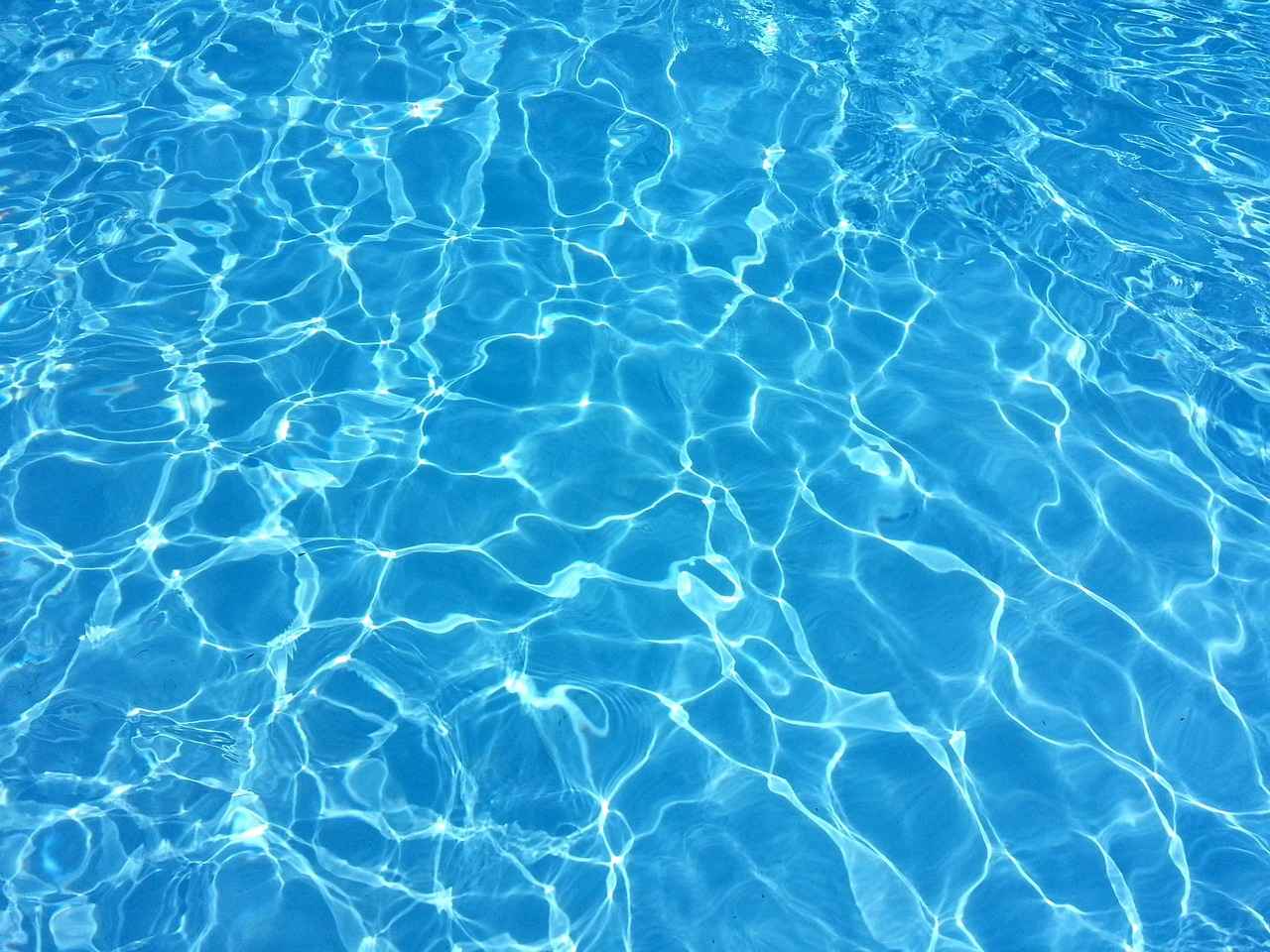
Common Misconceptions About Freezing Water
When it comes to the freezing of water, many people harbor misconceptions that can lead to confusion. Understanding the scientific principles behind freezing is essential for dispelling these myths and providing a clearer picture of the freezing process.
One of the most prevalent misconceptions is that cold water freezes faster than hot water. While it may seem logical, this notion is often challenged by the Mpemba Effect, which suggests that under certain conditions, hot water can freeze more quickly than cold water. This counterintuitive phenomenon has been the subject of various studies, leading to debates among scientists regarding the underlying mechanisms.
| Misconception | Fact |
|---|---|
| Cold water always freezes faster than hot water. | Hot water can freeze faster under specific conditions due to the Mpemba Effect. |
| All water freezes at the same temperature. | Impurities and solutes can lower the freezing point of water. |
| The shape of the container does not matter. | Container shape and size can significantly affect heat loss and freezing times. |
Another common myth is that water will freeze at the same temperature regardless of its purity. In reality, freezing point depression occurs when solutes are present in the water, leading to a lower freezing point. This means that impurities can affect the freezing rate, complicating the freezing process.
- Environmental conditions play a crucial role in freezing times. Factors such as air temperature, humidity, and wind can significantly influence how quickly water freezes.
- The container material is also important. Different materials conduct heat differently, impacting how quickly the water can lose heat and freeze.
- Lastly, the surface area of the water exposed to cold air can affect freezing rates. A larger surface area allows for faster heat loss.
Understanding these factors helps clarify the misconceptions surrounding water freezing times. By focusing on the scientific principles and eliminating myths, we can gain a better understanding of the freezing process, making it easier to apply this knowledge in practical situations.
In summary, the freezing of water is influenced by a variety of factors, including temperature, impurities, and environmental conditions. Recognizing these elements not only dispels common misconceptions but also enhances our understanding of the fascinating science behind freezing.
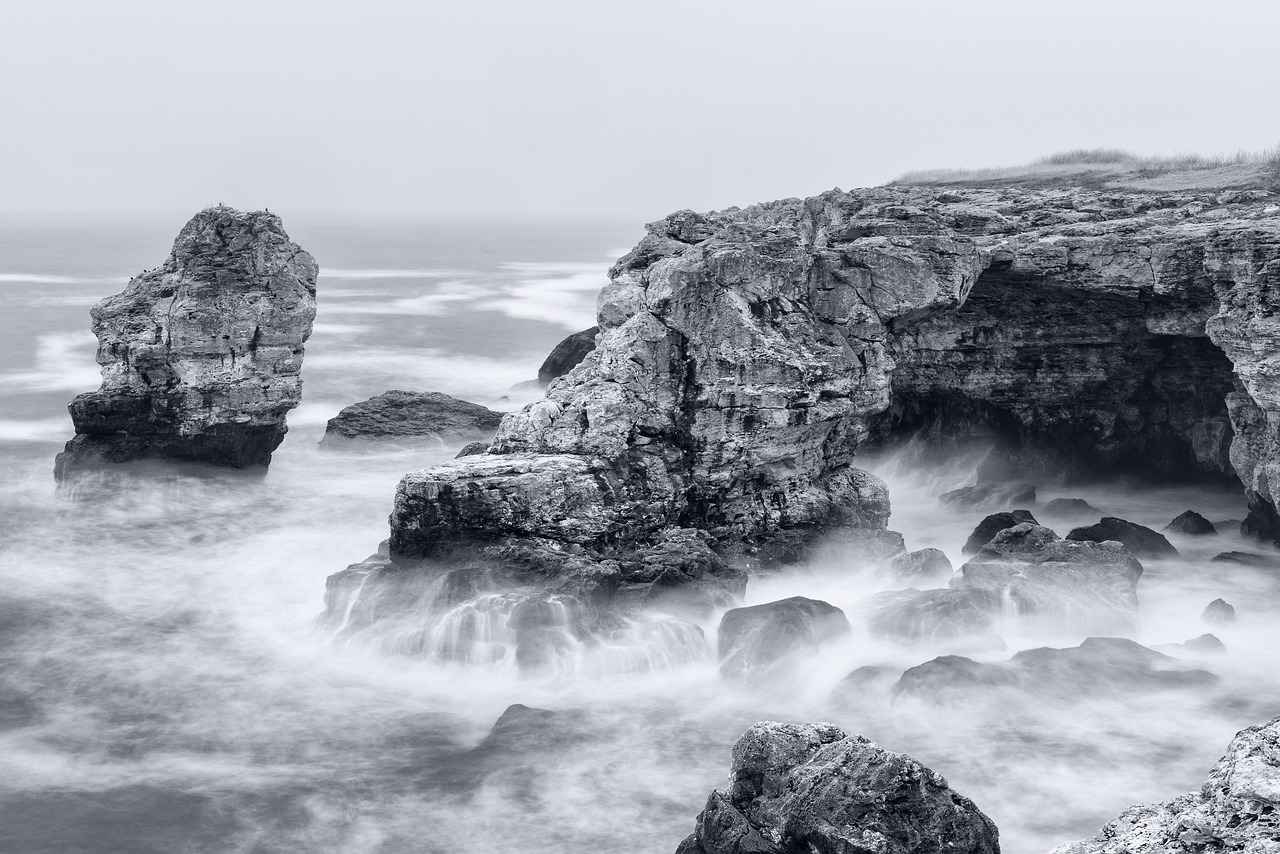
Practical Applications of Freezing Water
Understanding how water freezes can have practical applications in various fields, from science to everyday cooking and industrial processes. This section will explore the multifaceted uses of freezing water, demonstrating its significance across different domains.
In the realm of scientific research, the freezing process of water serves as a fundamental concept in various studies. Researchers utilize freezing to explore thermodynamics and phase transitions, allowing them to understand the behavior of substances at different temperatures. For instance, studies on the Mpemba Effect not only challenge conventional wisdom but also provide insights into molecular behavior during freezing. This knowledge can lead to advancements in materials science, where understanding freezing points can help in developing new materials with specific properties.
In cooking, the freezing of water is essential for creating ice and preserving food. Chefs often use ice to chill beverages quickly or to create frozen desserts. Understanding how water freezes can also enhance techniques such as flash freezing, which preserves the texture and flavor of ingredients by rapidly lowering their temperature. This method is particularly useful in the food industry, where maintaining quality is paramount.
Industries leverage the principles of freezing water for various applications. For example, in the construction industry, controlled freezing is used to stabilize soil during excavation. This technique prevents water from interfering with construction processes. Additionally, freezing is crucial in the production of cryogenic materials, where substances are cooled to extremely low temperatures to achieve desired physical properties.
In environmental studies, understanding water freezing is vital for predicting climate change impacts. Researchers examine how the freezing and melting of ice affects ecosystems and sea levels. Furthermore, this knowledge aids in the development of climate models that forecast future environmental conditions based on current freezing trends.
In the medical field, freezing is employed in cryotherapy, where freezing temperatures are used to treat various conditions, including tumors and skin lesions. Understanding the freezing process helps medical professionals determine the optimal temperatures and durations for effective treatment while minimizing damage to surrounding tissues.
Overall, the understanding of how water freezes extends far beyond simple observations. It plays a crucial role in scientific research, culinary practices, industrial applications, environmental science, and medicine. By grasping the principles behind freezing, individuals and industries can innovate and enhance their practices, leading to improved outcomes and efficiencies.
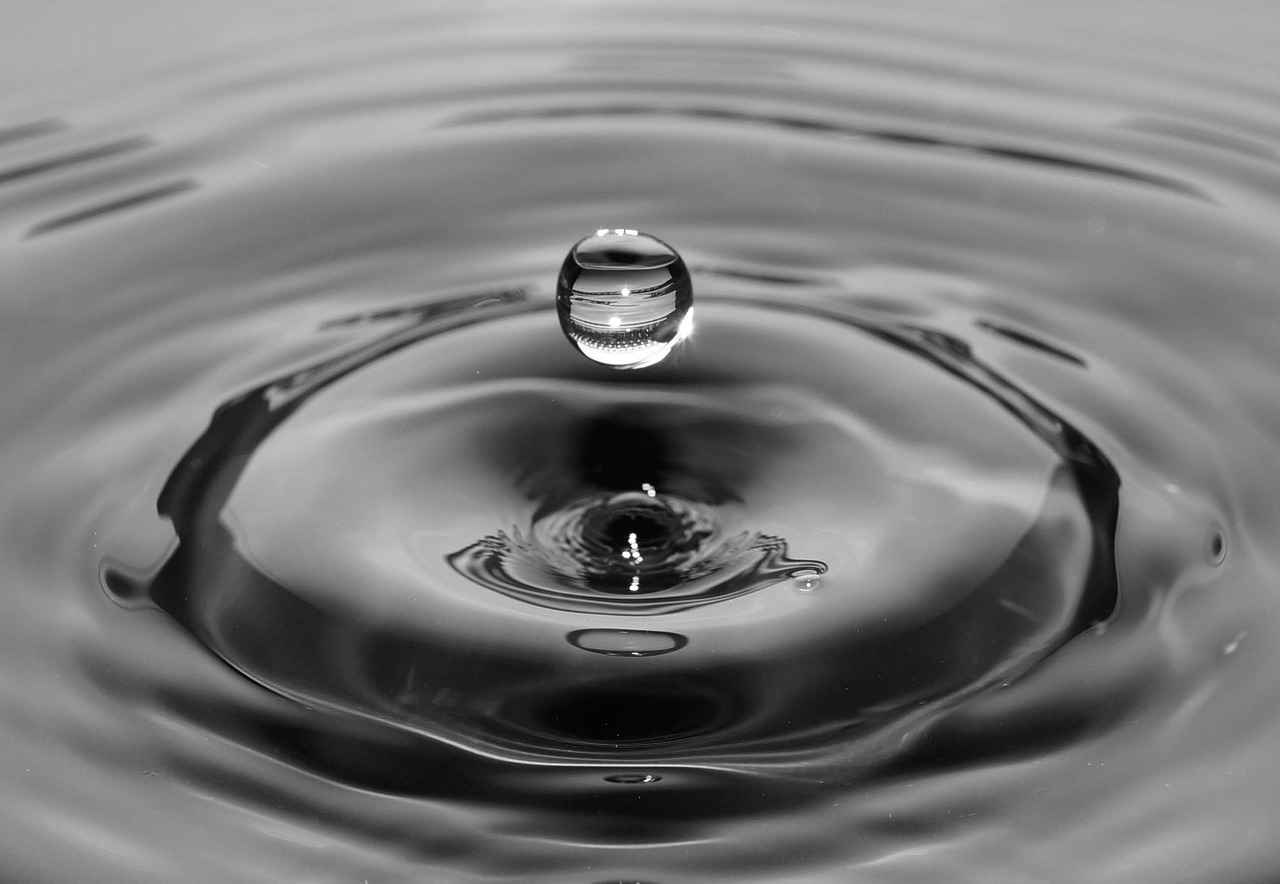
Expert Opinions on the Mpemba Effect
The Mpemba Effect has sparked a lively debate among scientists, particularly in the fields of thermodynamics and physics. While many experts acknowledge the phenomenon, they often disagree on the mechanisms behind it. This section will delve into the various insights and conclusions drawn by these experts, providing a clearer understanding of this intriguing effect.
One of the most notable proponents of the Mpemba Effect is Erasto Mpemba, after whom the effect is named. His observations in the 1960s led to further investigations into why hot water sometimes freezes faster than cold water. According to Mpemba, several factors could contribute to this phenomenon, including evaporation, convection currents, and the formation of ice crystals.
However, not all scientists agree with Mpemba’s conclusions. Some argue that the effect is largely dependent on the experimental conditions. For example, Dr. R. G. D. McDonald, a physicist, suggests that the specific container used for freezing can significantly impact the results. He points out that the shape and material of the container can influence heat loss, thus affecting freezing times.
Additionally, Dr. John W. D. Smith, a thermodynamics expert, emphasizes the role of supercooling in the Mpemba Effect. He explains that hot water can sometimes supercool before freezing, which could lead to a faster transition to ice once nucleation occurs. This perspective highlights the complexity of the freezing process and suggests that multiple factors must be considered to understand the Mpemba Effect fully.
Furthermore, Dr. L. H. Thompson, who has conducted extensive research on water’s physical properties, points out that the initial temperature of water is not the only variable at play. He argues that impurities in the water and the surrounding environment can also influence freezing rates. For instance, water with higher levels of dissolved gases or minerals may behave differently than pure water.
Despite the varying opinions, there is a consensus among experts that more research is needed to fully understand the Mpemba Effect. Many scientists advocate for controlled experiments that isolate specific variables to determine their effects on freezing times. This approach could help clarify the conditions under which hot water might freeze faster than cold water.
In summary, expert opinions on the Mpemba Effect reveal a fascinating interplay of factors influencing freezing rates. While some scientists support the phenomenon, others call for more rigorous investigation. As research continues, it is likely that our understanding of this counterintuitive effect will evolve, leading to new insights into the behavior of water and its freezing processes.
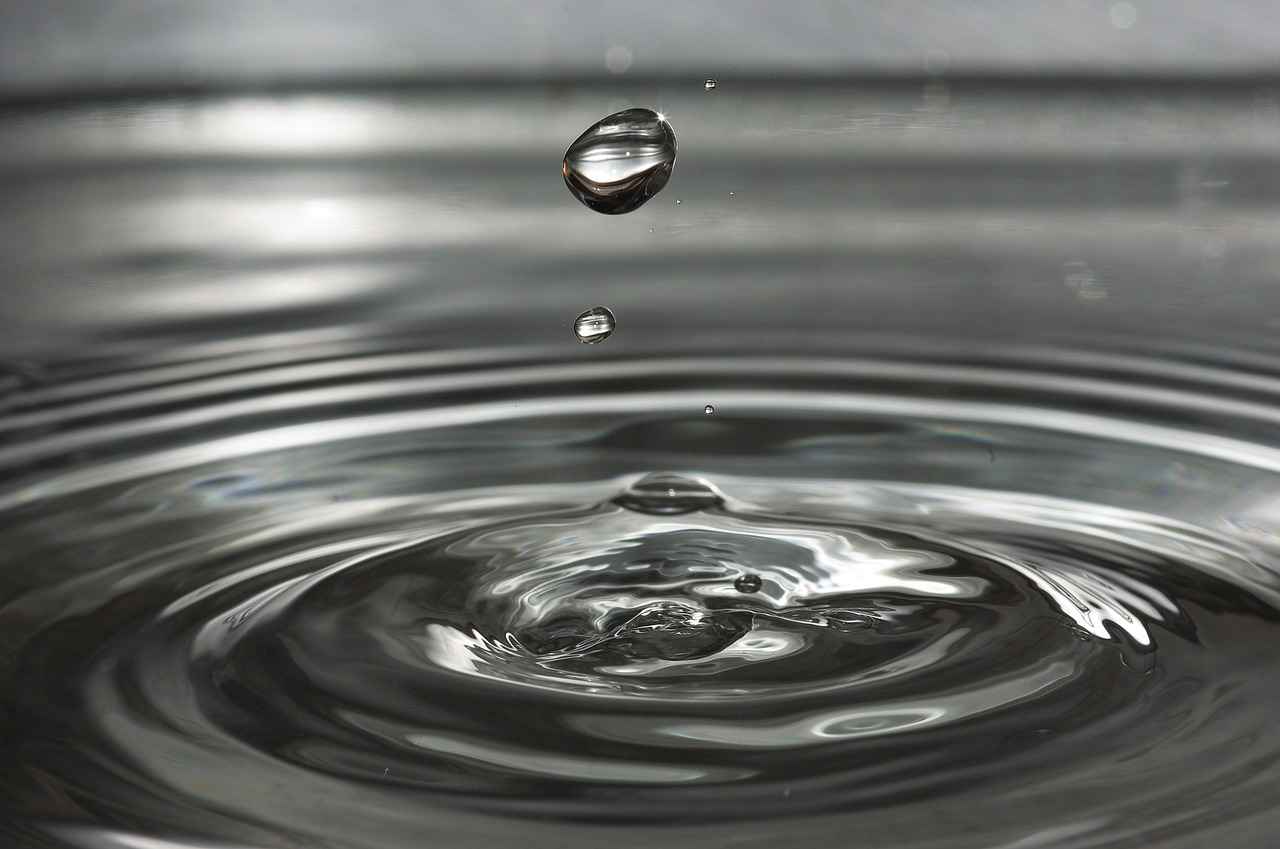
Conclusion: The Complexity of Freezing Water
The freezing of water is influenced by a multitude of factors, making it a complex process. Understanding this phenomenon is essential not only for scientific inquiry but also for practical applications in everyday life. The process of freezing involves more than just lowering the temperature; it encompasses various physical and chemical principles that govern how water transitions from a liquid to a solid state.
One of the most intriguing aspects of freezing water is the Mpemba Effect, which suggests that under certain conditions, hot water can freeze faster than cold water. This counterintuitive observation has sparked numerous studies and debates among scientists. Factors such as evaporation, convection currents, and the properties of the container can all contribute to this phenomenon. For instance, when hot water is placed in a cold environment, it may lose mass through evaporation, leading to a reduced volume that can freeze more quickly.
Another critical factor influencing the freezing process is freezing point depression. This concept explains how the presence of solutes, such as salt or sugar, can lower the freezing point of water, thereby affecting the freezing rate. In various practical scenarios, such as making ice cream or de-icing roads, understanding freezing point depression is essential for achieving desired results.
Temperature is a significant player in the freezing dynamics of water. The initial temperature of the water can greatly impact how quickly it freezes. Colder water may have a slight advantage in certain conditions, but the overall freezing process is influenced by a combination of factors, including environmental conditions like air temperature and humidity.
The container materials and shapes also play a vital role in the freezing efficiency of water. Different materials conduct heat at varying rates, which can either accelerate or hinder the freezing process. For example, metal containers tend to conduct heat better than plastic ones, leading to faster heat loss and potentially quicker freezing times.
Moreover, surface area is another factor that cannot be overlooked. A larger surface area allows for more heat exchange with the environment, which can speed up the freezing process. This is why spreading water out in a shallow tray may lead to faster freezing compared to using a deep container.
In summary, the freezing of water is a multifaceted process influenced by various factors. From the Mpemba Effect to freezing point depression, temperature, container materials, and surface area, each element contributes to the overall dynamics of how water freezes. Understanding these principles not only enhances our scientific knowledge but also has practical implications in fields ranging from cooking to industrial applications.
As we continue to explore the complexities of freezing water, it becomes increasingly clear that a deeper understanding of these mechanisms is crucial. Whether for scientific research or everyday tasks, recognizing the intricacies involved in the freezing process can lead to better outcomes and innovations in various fields.
Frequently Asked Questions
- Does hot water really freeze faster than cold water?
Yes, under certain conditions, hot water can freeze faster than cold water. This phenomenon is known as the Mpemba Effect, which has been observed in various experiments.
- What is the Mpemba Effect?
The Mpemba Effect refers to the counterintuitive observation that hot water can freeze faster than cold water. It challenges our traditional understanding of freezing and has sparked numerous scientific inquiries.
- What factors influence how quickly water freezes?
Several factors can impact freezing rates, including the initial temperature of the water, environmental conditions like air temperature and humidity, and the material and shape of the container holding the water.
- Are there any misconceptions about freezing water?
Absolutely! A common misconception is that cold water always freezes faster than hot water. However, the Mpemba Effect shows that this isn’t always the case, depending on various conditions.
- How can understanding freezing water be useful?
Understanding the freezing process has practical applications in fields like cooking, science, and industry. For instance, knowing how to freeze water efficiently can improve food preservation and ice-making processes.
